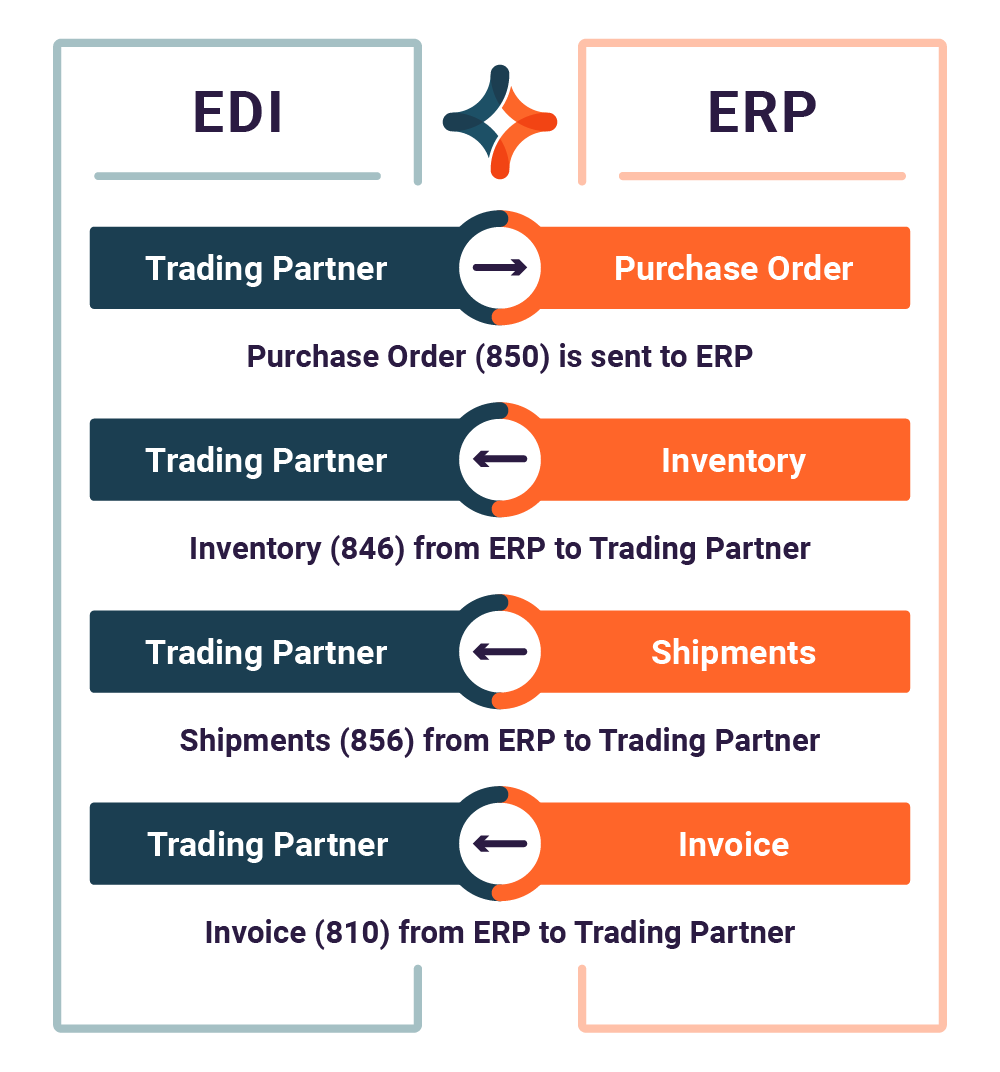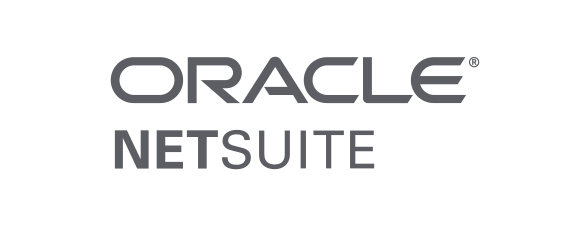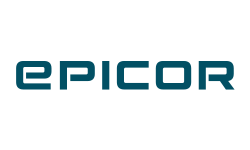EDI and ERP Integration
Automate data transfers from EDI documents to your ERP system to increase order processing efficiency and to streamline trading partner communications.
EDI-ERP integration increases efficiency and creates better experiences
Your relationship with trading partners depends on speed, accuracy, and adhering to their guidelines. Integrating EDI with ERP systems allows seamless, real-time exchange of business documents such as purchase orders, invoices, and shipping notices. This reduces manual data entry, minimizes errors, and accelerates transaction processing.
Potential cost reduction when converting from manual to automatic order processing
Reduction in transactional errors
Connect 1,000s of EDI trading partners with leading ERP systems
Automate data transfers between EDI and ERP systems to improve accuracy and trading partner communications.
Benefits of integrating EDI and ERP systems
Integrating EDI with ERP systems offers opportunities to enhance business operations across a variety of industries. By connecting these two essential systems, organizations can:
- Automate data transfers between EDI and ERP systems
- Improve supply chain efficiency
- Eliminate process silos and manual data entry
- Adhere to retailer and partner regulations and protocols
- Ensure critical data is sent accurately and on time

Seamlessly connect with top ERPs








Build and Integrate

Manage your supply chain with EDI
Automate EDI transactions between trading partners and your ERP to gain visibility of communications and documents.

Connect apps with iPaas
Connect SaaS, on-premise and legacy applications with a single iPaaS solution. Automate workflows with an intuitive visual interface. Create and publish developer-friendly APIs.



























